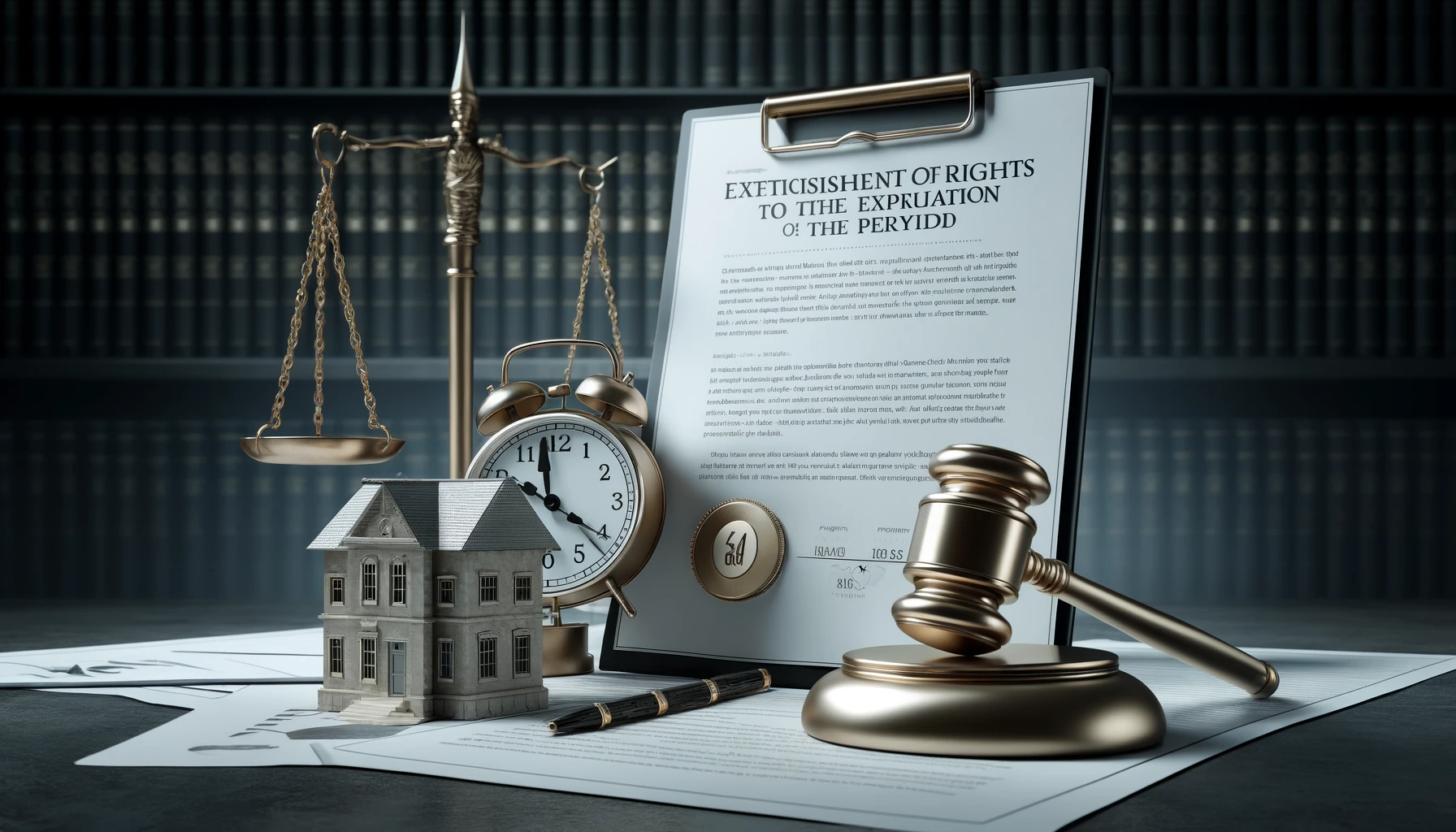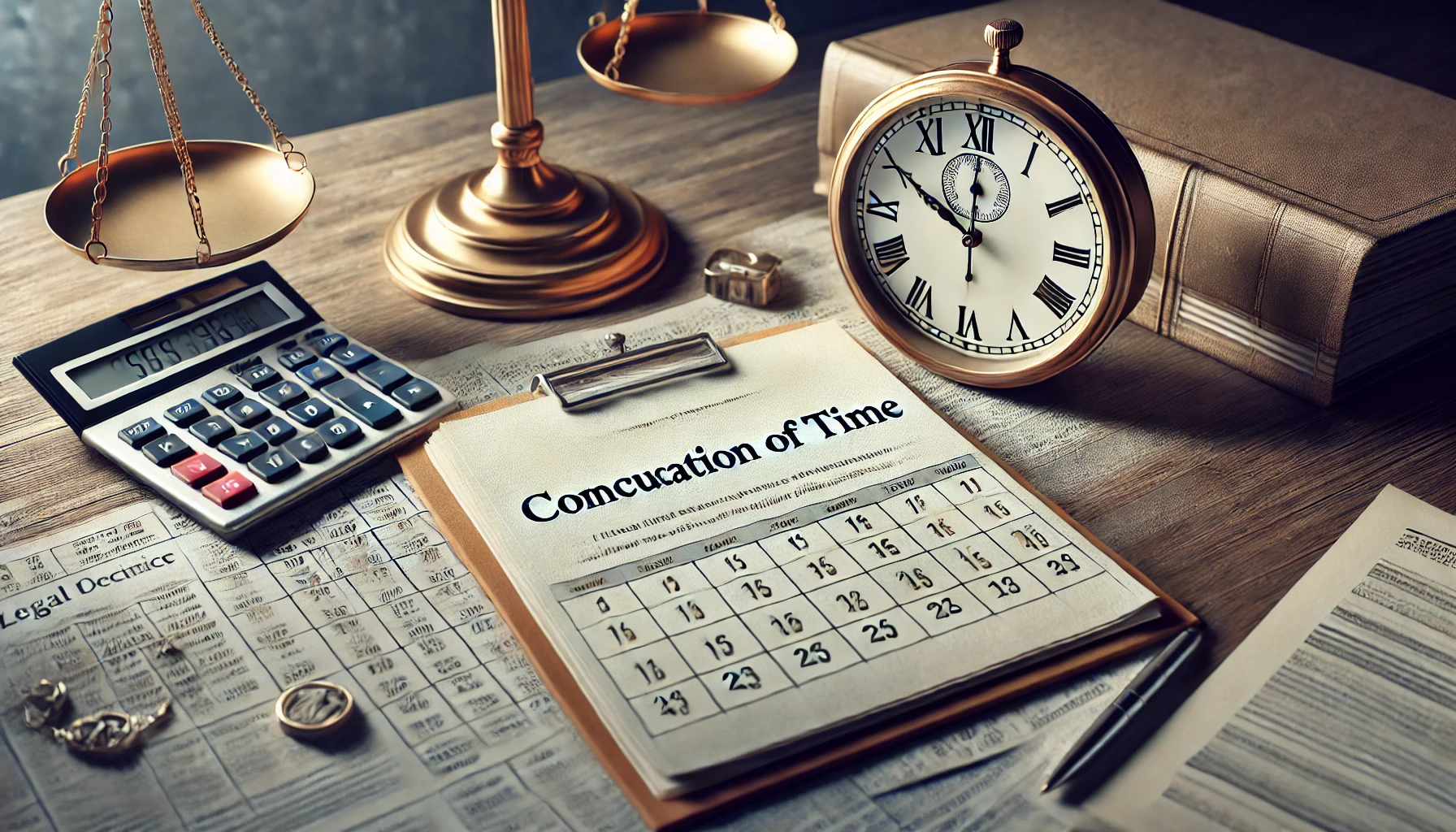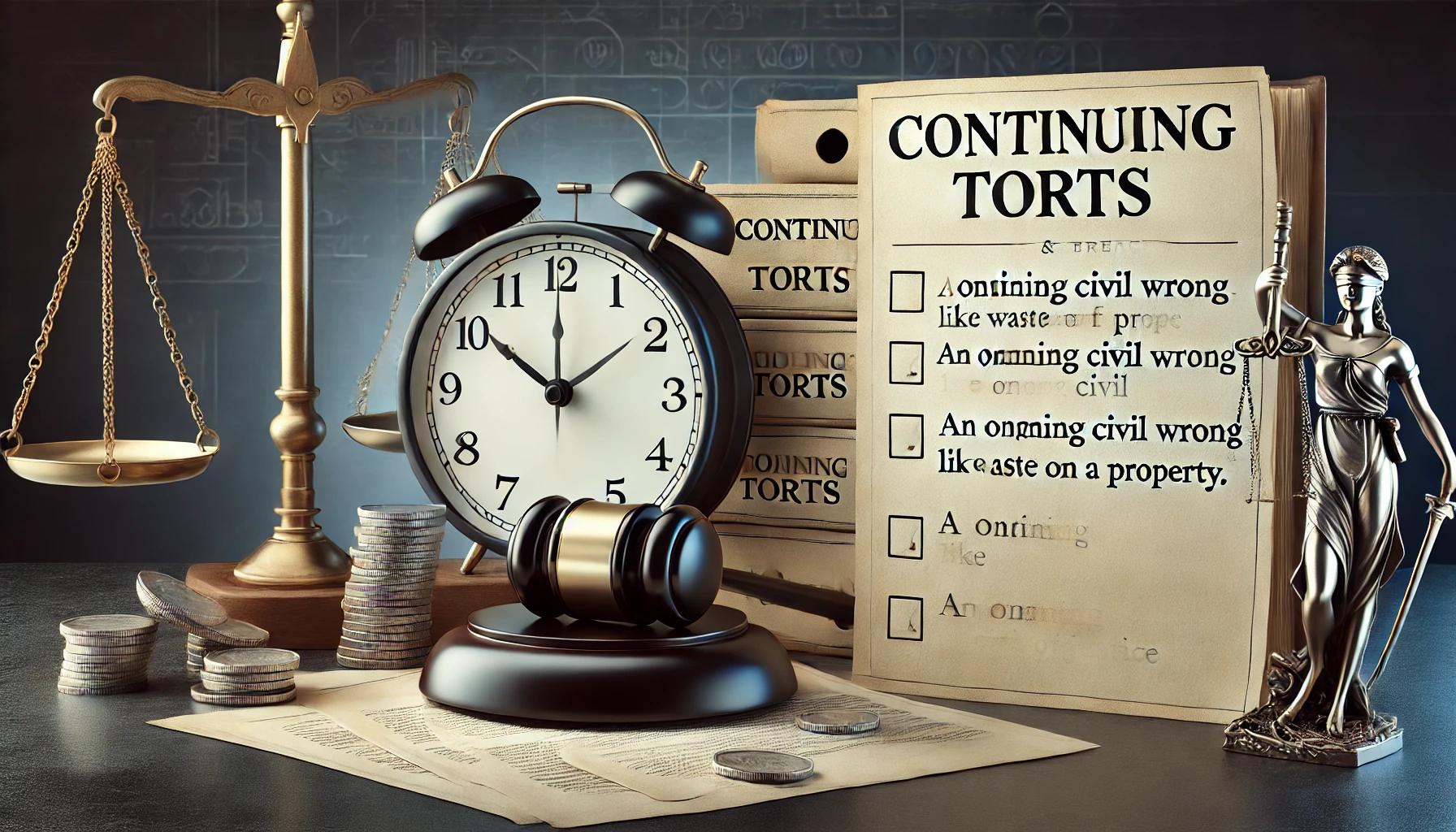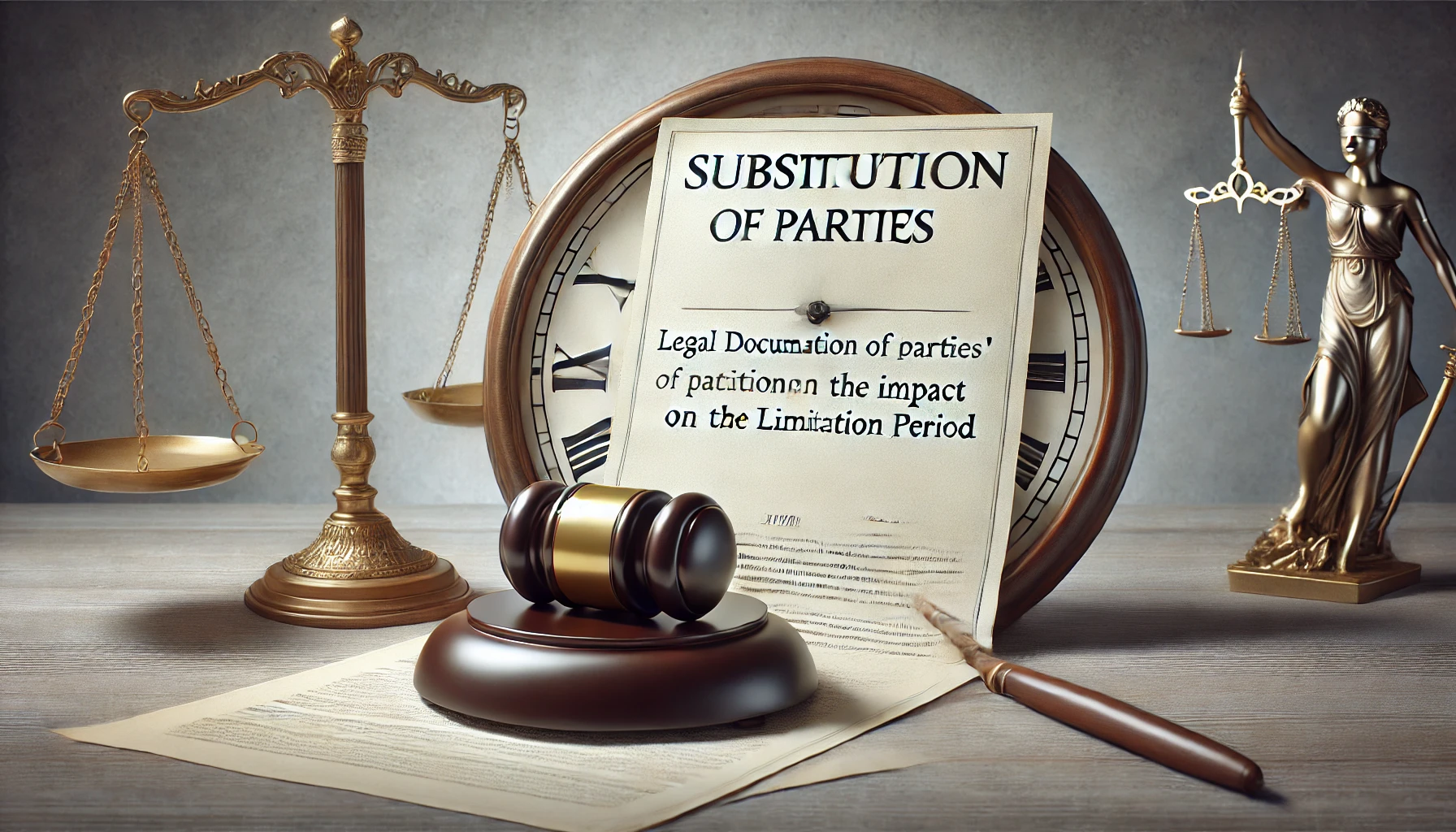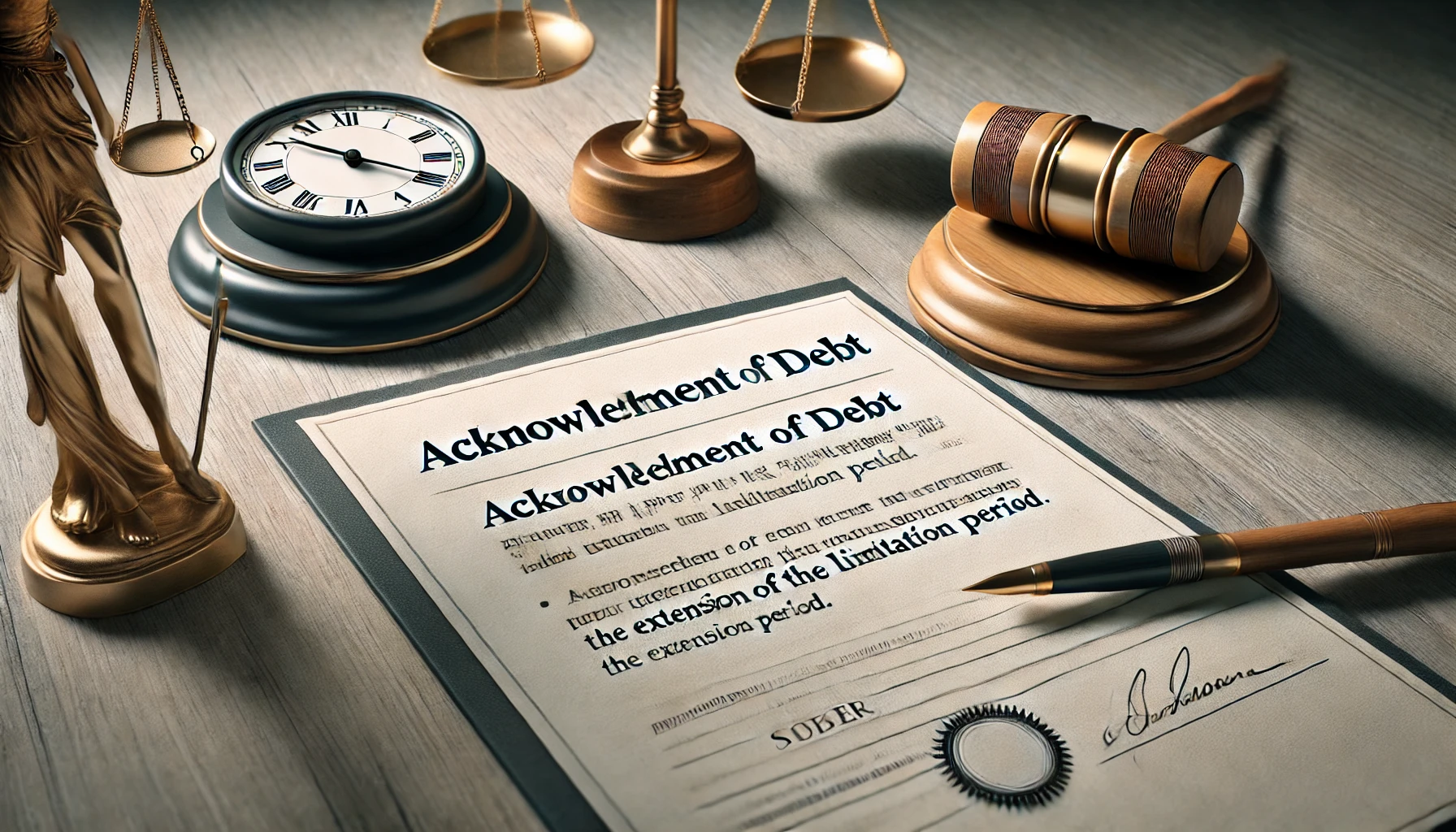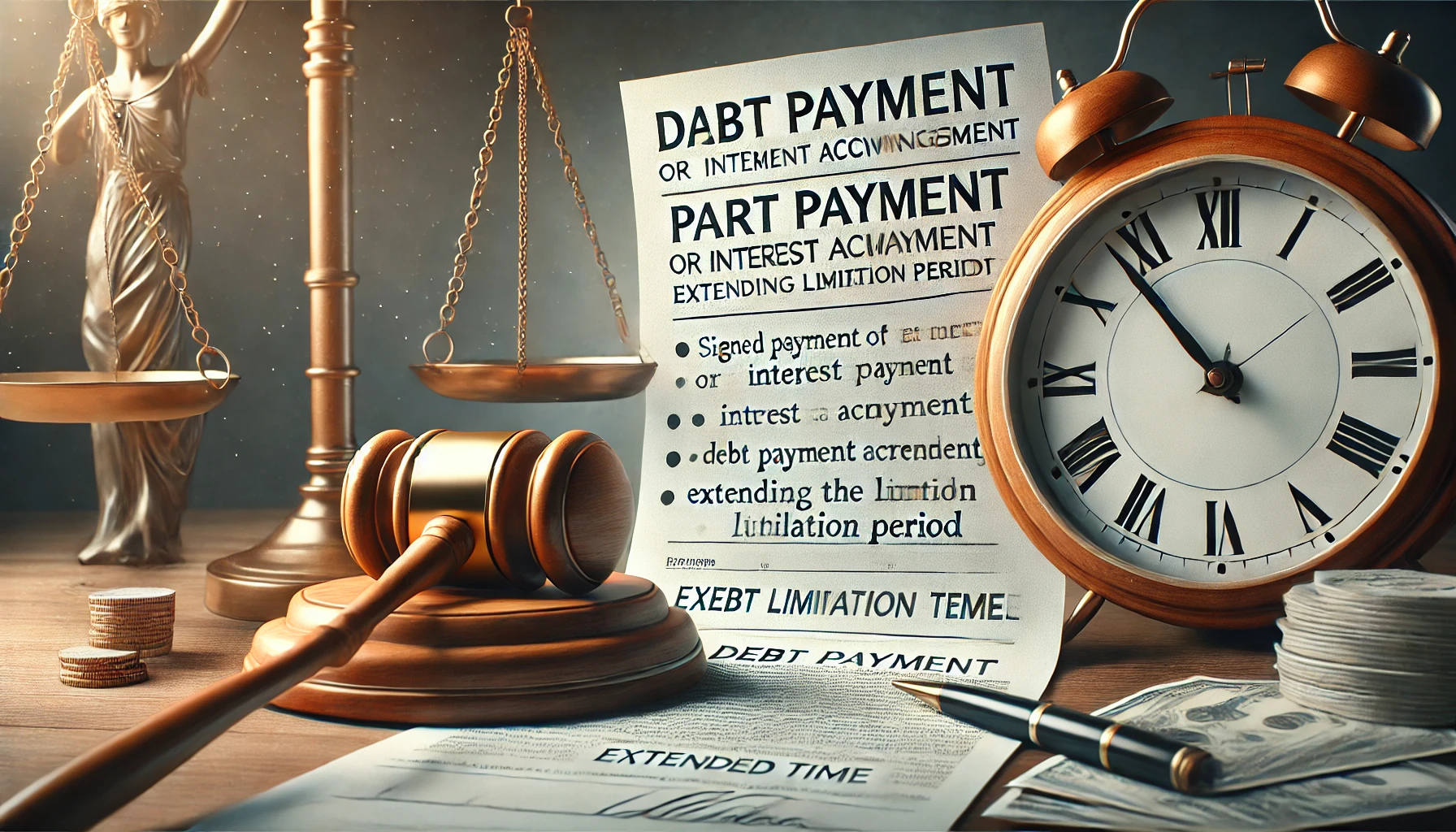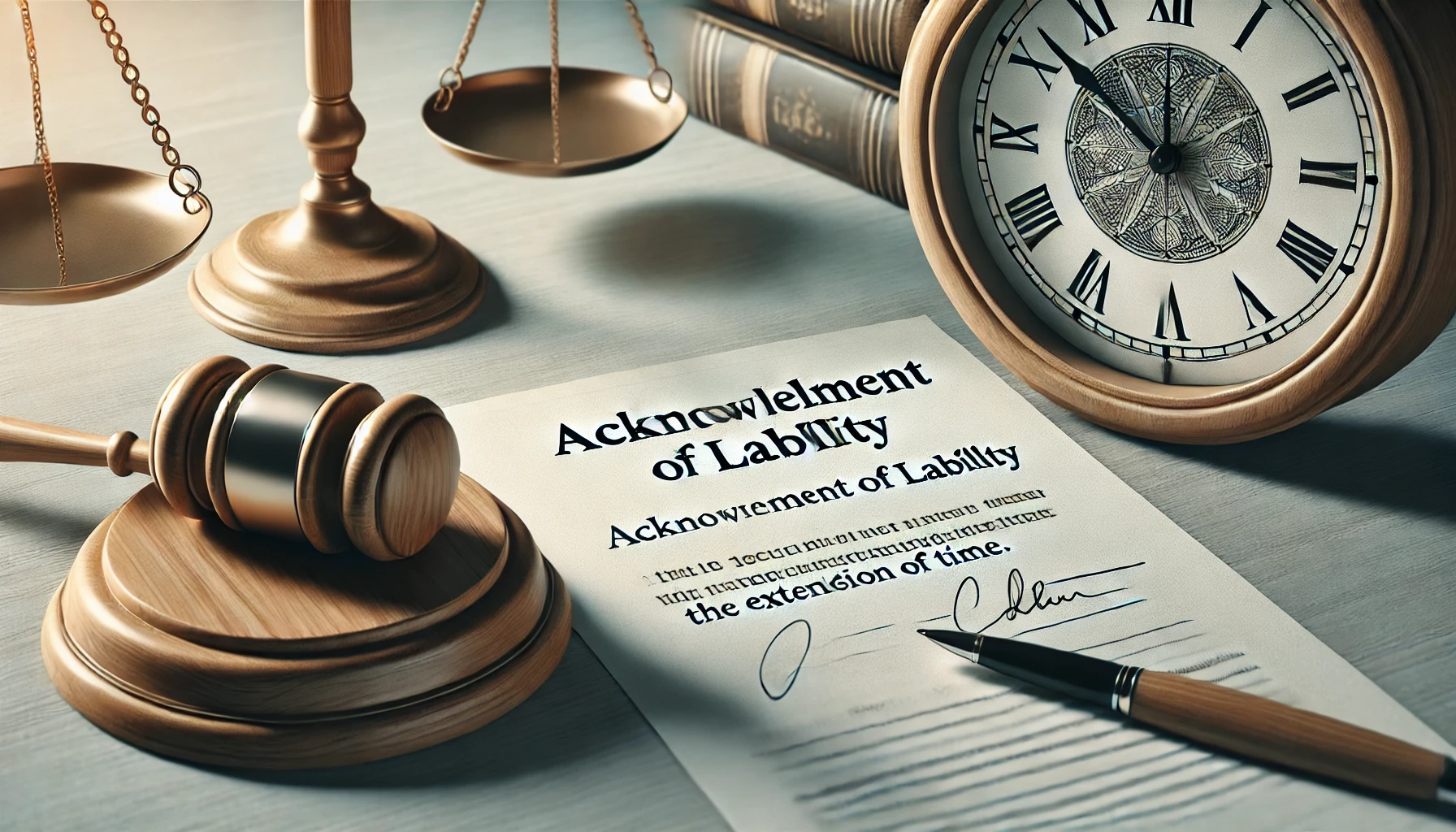Section 27 of the Limitation Act, 1963: Extinguishment of Right to Property
Section 27 states that after the expiration of the limitation period for instituting a suit for the possession of property, the plaintiff’s right to the property is extinguished. Key Points: 1. Extinguishment of Right: If the limitation period to file a suit for possession of property expires, the right to claim possession is permanently extinguished. This means the party can no longer pursue legal remedies for reclaiming the property. 2. Applicability: The provision applies to all cases where a suit for possession of property is not filed within the prescribed limitation period. The defendant gains the legal right to retain possession of the property. 3. Impact of Expiry: The expiration of the limitation period not only bars the remedy but also terminates the substantive right of the plaintiff to the property. This provision reinforces the principle of finality in legal disputes. 4. Purpose: Section 27 aims to ensure legal certainty and stability in property ownership by encouraging parties to act within the prescribed time. It prevents prolonged disputes and ensures that property claims are resolved efficiently. 5. Illustration: If A fails to file a suit for possession of property within the prescribed 12 years, their right to the property is extinguished, and the property remains with the current possessor.

